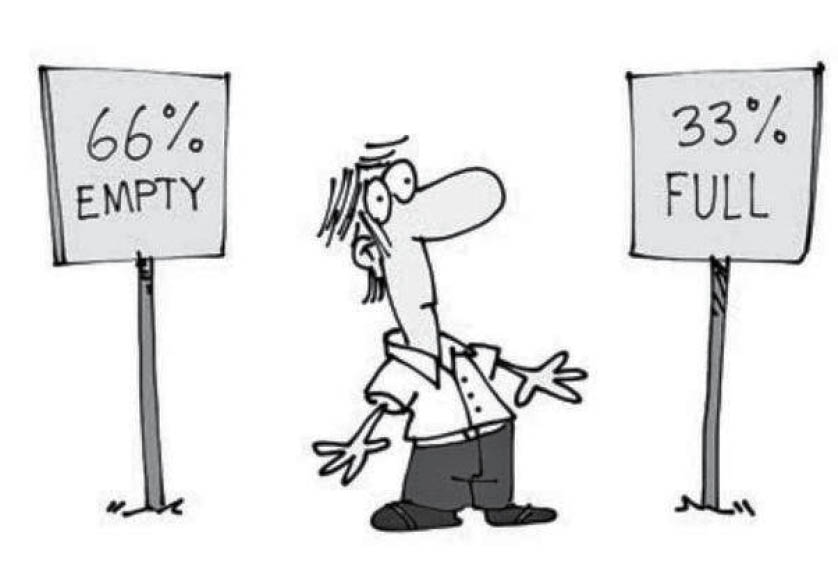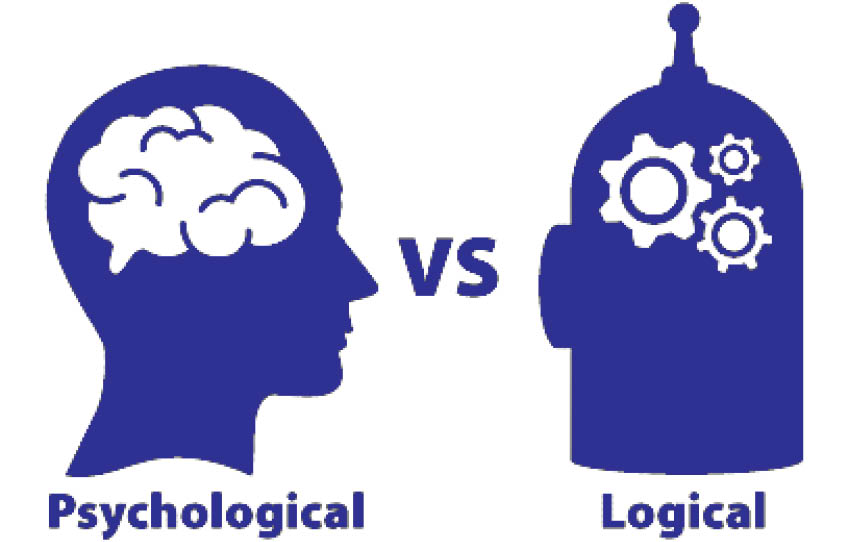Marzee Kerawala is a Certified Financial Planner with expertise in Income Tax and Investment products. Managing assets worth over Rs. 4 Billion, his firm ‘NiveshIndia’, designs Tailored Investment Strategy through Customised Financial Planning for individuals and NRIs, and also handles Treasury Management for Corporates and SMEs. You can contact him at +91 9987567667 or Email: marzeek@niveshindia.co.in [Website is www.niveshindia.in]
In continuity to the series of articles on Behavioral Biases amongst investors, this article explores the concept of ‘Framing Bias’- or the impact on our decision-making ability by the way information has been ‘framed’ or has been presented to us. A bias is an irrational assumption or belief that constrains our ability to make a decision based on facts and evidence. Smart investors know what biases they suffer from, learn from their mistakes and try to avoid them.
Framing Bias: The framing effect is a cognitive bias that impacts our decision making when said in different ways. In other words, we are influenced by how the same fact or question is presented to us. For eg. when you go to a super market and pick up a bottle of cooking oil, other things being equal like price, quantity, quality, reputed brand, which one would you choose from – A bottle labeled ‘99% Fat Free’ or a bottle labeled ‘1% Fat’? Most people will undoubtedly choose the bottle labeled ‘99% Fat Free’. However, if you read it again, both are the exact same – simply presented differently.
It is likewise in investments – the company’s Annual General report presents its accomplishments and achievements in the beginning pages of the reports, whereas missed targets, new competitor on the horizon, or changed government policies detrimental to the growth of company are all highlighted at the end of the report or framed factually correct. This is done in order to influence stock analysts, fund manager and investors to have a positive outlook for the company. Similarly when an IPO or NFO is launched by the company or mutual fund, all the reports, figures statements and data provided are factually correct, but framed in a manner to give investors a positive outlook.
In order to reduce framing bias we need to rephrase the same statement or the information provided by them. Also, we need to check if that information provided is a ‘fact’ or an ‘opinion’.
Below are the examples of framing in finance:
When you read a statement in the company’s Annual General Report quoting, “90% certainty of achieving the projected sales,” it can be rephrased as, “10% risk of not meeting the required sales targets.” Or then, “In FY 2019-20 our net profits were 100 crores, compared to FY 2018-19 where they were 80 Crores,” V/s “In FY 2019-20 our net profits were 100 crores, compared to expectations of 120 crores.”
Of course, a company would choose to print the former in their reports. However, your decision to buy or sell the stock in both the cases, should be the same. If your decision changes because of reframing the sentence, than you probably have Framing Bias.
 What are the effects of framing bias on individuals?
What are the effects of framing bias on individuals?
Decisions based on framing bias are made by focusing on the way information is presented instead of the information itself. Such decisions may be sub-optimal, as poor information is being framed in a positive light, and vice versa. The framing effect can have both, positive and negative impacts on our lives. If we understand that people are influenced by framing, the companies can focus on how they present the information they want us to accept and act upon.
Let’s say, we pose a question to a senior citizen – “Will 80% of your current income today be enough for you when you retire next year?” as opposed to “Do you think you could retire on a 20% reduction of your current income?”
The senior citizen chooses a high-risk investment portfolio because the advisor has over emphasized on the returns, or shown the data points which are correct but only in certain market cycles, but the potential downside risk to the capital is very conveniently covered up in disclaimers. He then ends up investing in a product which he would have, otherwise, not invested in, knowing the downside risk to his limited capital. His choice here was influenced by the way options were framed, through different words and reference points. We, as human beings, are susceptible to this sort of framing because we tend to avoid losses.
Daniel Kahneman, an Israeli psychologist and a revered Behavioral Economist was awarded the Nobel prize in economic sciences. He explains framing using what is called the ‘Prospect Theory’. According to this theory, a loss is perceived as more significant, and therefore more worthy of avoiding, than an equivalent gain. A sure gain is always preferred to a probable one, and a probable loss is always preferred to a sure loss.
Studies have shown that the framing effect is more prevalent in senior citizens because of their limited cognitive resources. One way to safeguard yourself against framing bias is to consider reframing the information presented to you and see what impact it has on your decision making. The idea is to think logical and avoid impulsive decision-making, lured by presentation.
- Myths And Facts About Therapy - 18 June2022
- Nominee V/s Legal Heir: Who Wins? - 18 September2021
- Importance Of Successive Nomination During The Pandemic - 19 June2021
